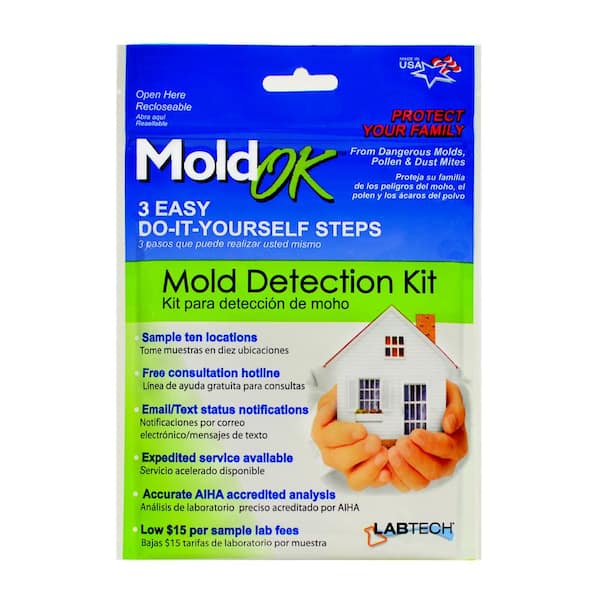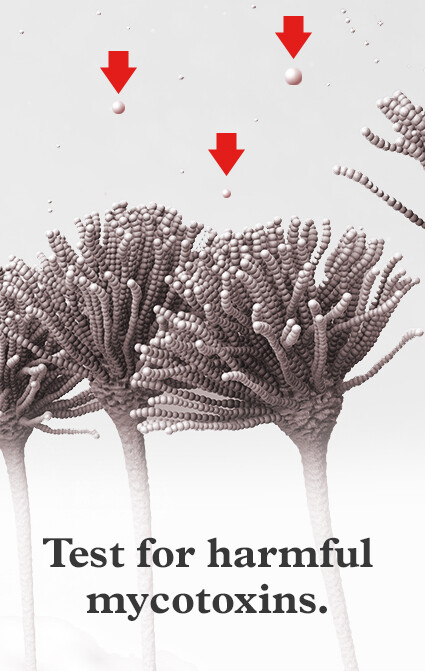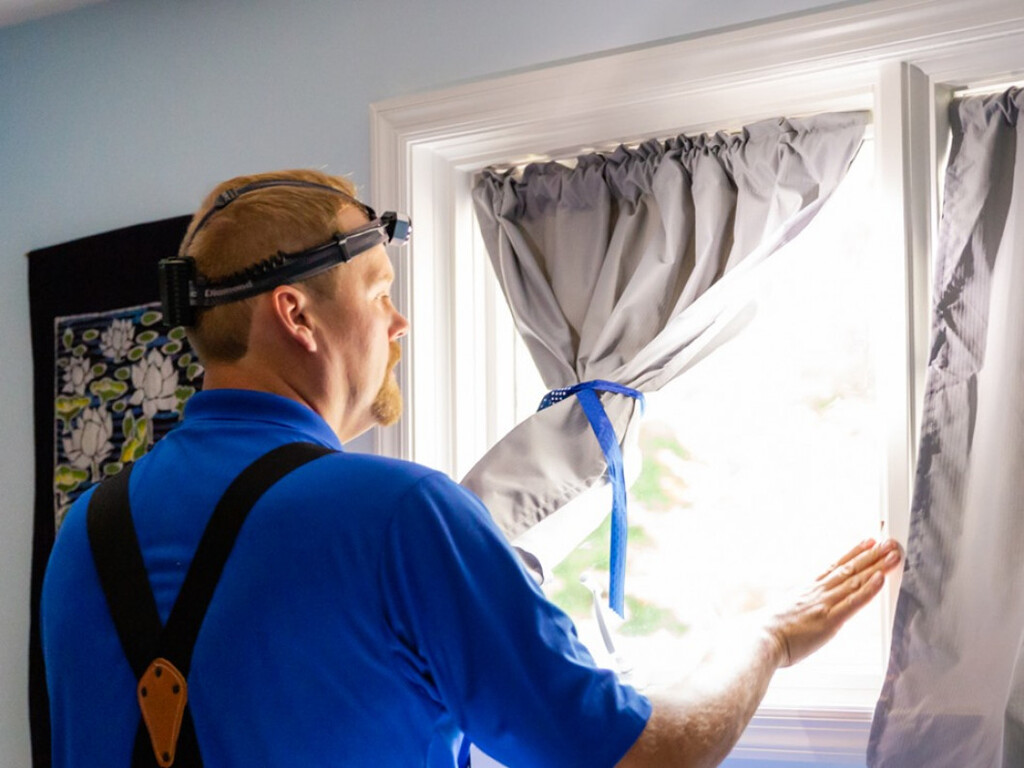Mycotoxin testing Services: A Secret Component in Threat Administration Techniques
Mycotoxin testing Services: A Secret Component in Threat Administration Techniques
Blog Article
Exactly How Mycotoxin Screening Helps Protect Against Contamination and Safeguard Food Supplies

Mycotoxin testing is a crucial method in the food industry, serving as a frontline defense versus contamination by unsafe toxic substances created by molds. Via the application of innovative techniques like High-Performance Fluid Chromatography (HPLC) and Liquid Chromatography-Mass Spectrometry (LC-MS), food manufacturers can accurately discover and measure mycotoxin levels in farming items.
Understanding Mycotoxins
Comprehending mycotoxins begins with acknowledging that they are poisonous second metabolites generated by certain mold and mildews, which can infect farming items. These metabolites are not important for the growth or recreation of the fungis yet can have extreme effects for animal and human health and wellness. Mycotoxins are commonly discovered in staple crops such as corn, wheat, barley, and nuts, where they can proliferate under certain conditions of wetness and temperature.
There are numerous kinds of mycotoxins, each produced by different fungal types. Fusarium types generate fumonisins and trichothecenes, both of which are linked with various acute and chronic wellness issues.

Threats of Mycotoxin Contamination
The threats of mycotoxin contamination are complex, posing substantial threats to both food safety and public wellness. Mycotoxins, hazardous substances created by specific kinds of fungis, can pollute a broad array of farming items consisting of cereals, nuts, flavors, dried out fruits, and coffee.
Economic effects are another significant worry. Contaminated crops can result in substantial monetary losses for farmers and food producers because of reduced yields and the demand for costly purification measures. Furthermore, international profession can be significantly hindered as nations implement rigorous mycotoxin policies to secure their populaces, leading to rejected shipments and stretched profession connections.
Ecological elements such as environment adjustment aggravate the threat of mycotoxin contamination. Variants in temperature and moisture can develop favorable problems for fungal development, enhancing the likelihood of contamination events. Thus, understanding and mitigating these dangers are important for guaranteeing the safety and stability of worldwide food supplies.
Methods of Mycotoxin Checking
Precisely identifying mycotoxin contamination in agricultural items is vital for safeguarding public wellness and keeping food safety and security standards. Numerous methods are employed to find and evaluate mycotoxins, each offering particular benefits and restrictions.
High-Performance Fluid Chromatography (HPLC) is a widely utilized method because of its high sensitivity and precision. It entails separating mycotoxins from other materials in a sample, enabling accurate quantification. Liquid Chromatography-Mass Spectrometry (LC-MS) incorporates fluid chromatography with mass spectrometry to provide detailed molecular information, making it particularly useful for identifying several mycotoxins all at once.

Gas Chromatography-Mass Spectrometry (GC-MS) and Thin-Layer Chromatography (TENDER LOVING CARE) are also employed, each with special applications. GC-MS is efficient for unpredictable mycotoxins, while TLC supplies a less complex, economical choice for initial screening.
Advantages of Regular Examining
Regular screening for mycotoxins in farming products supplies various advantages, considerably adding to public wellness and food safety and security. By determining contamination early, regular testing assists protect against the distribution of poisonous foods, thus decreasing the danger of mycotoxin-related ailments among consumers. This aggressive technique not just safeguards human health but additionally enhances the overall quality of food supplies.
Regular screening additionally supports regulatory compliance. Different countries and regions have developed rigid limits for mycotoxin degrees in food and feed. Following these restrictions with routine screening makes sure that manufacturers and vendors satisfy lawful requirements, consequently preventing fines and trade barriers. Preserving conformity promotes customer count on and brand credibility, which are vital for market success.
Additionally, routine mycotoxin testing can result in significant economic advantages. Early discovery of contamination allows for timely intervention, decreasing discover this info here possible losses from prevalent contamination. Executing normal testing methods can additionally decrease recall costs and related responsibilities, which can be monetarily ruining.
Additionally, normal testing offers important data that can educate better farming practices and storage problems. By recognizing patterns of contamination, manufacturers can adopt preventative actions, consequently reducing future threats and contributing to the sustainability of the food supply chain.
Carrying Out Checking Methods
Executing efficient mycotoxin screening methods is vital for making sure the safety and security and high quality of farming products. Each stage must be looked at to pinpoint where mycotoxin contamination is most likely to occur.
When crucial control points are determined, choosing appropriate testing techniques is essential. Usual methods include enzyme-linked immunosorbent assay (ELISA), high-performance fluid chromatography (HPLC), and mass spectrometry (MS) Each technique has its strengths and weak points; therefore, choosing the correct one relies on the particular mycotoxin being evaluated, the called for sensitivity, and readily available sources.

Finally, incorporating the screening methods right into a comprehensive food security management system is recommended. This improves traceability and makes it possible for swift rehabilitative actions when contamination is found, therefore protecting the stability of the food supply chain.
Conclusion
Mycotoxin testing is vital in preventing contamination and guarding food materials by allowing very early detection of unsafe toxic substances generated by mold and mildews in farming items. Regular testing improves brand name track record, financial security, and count on in food security by minimizing contamination-related losses and keeping high standards in food production.
Mycotoxin screening is an important practice in the food market, offering as a frontline protection against contamination by dangerous toxins created by molds. An incorporated technique involving farming practices, storage space monitoring, and regular testing can minimize the risks connected with mycotoxin contamination, making certain food safety and public health and wellness.
The threats of mycotoxin contamination are diverse, posturing considerable dangers to both food safety and public health and wellness.Normal testing address for mycotoxins in farming items offers many advantages, substantially contributing to public wellness and food safety.Mycotoxin testing is vital in stopping contamination and protecting food materials by enabling very early discovery of damaging toxic substances produced by molds in agricultural products.
Report this page